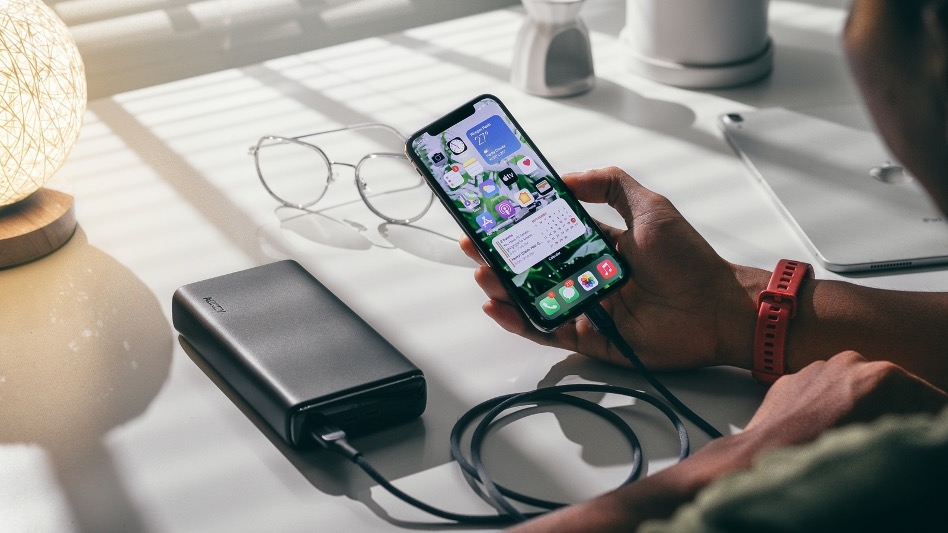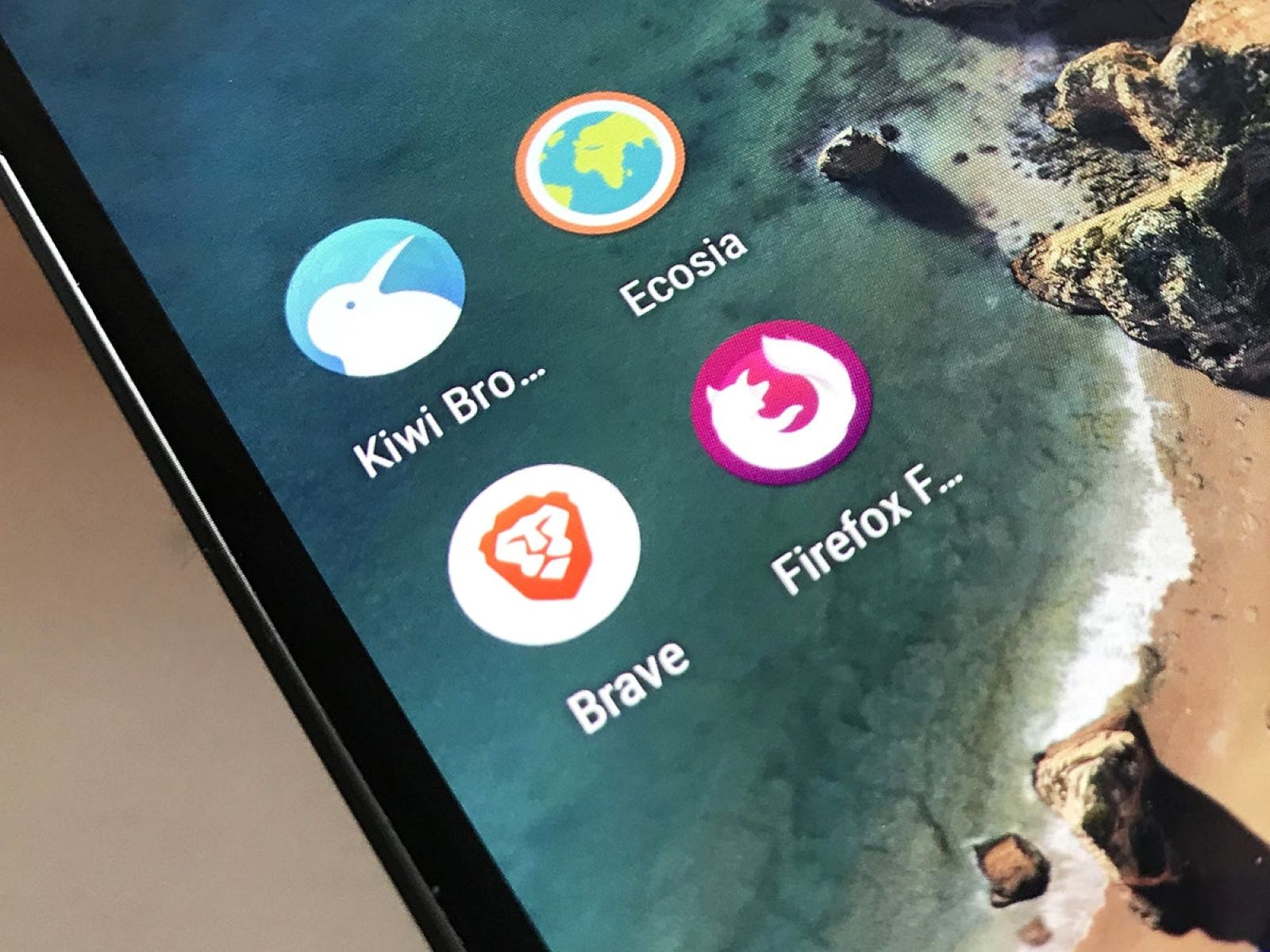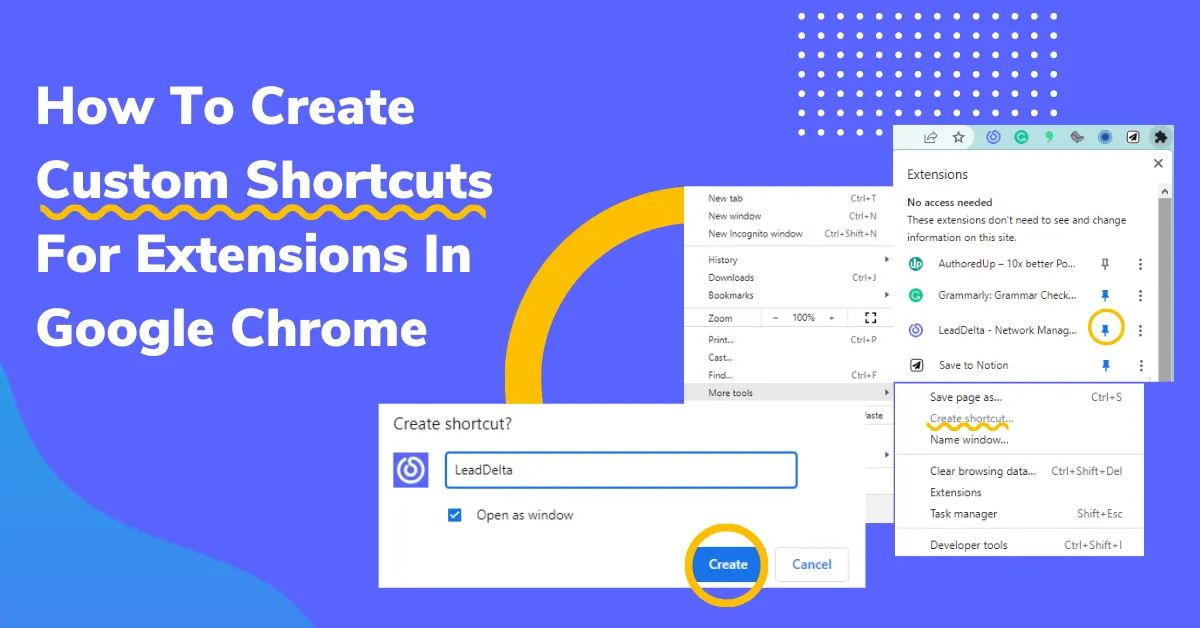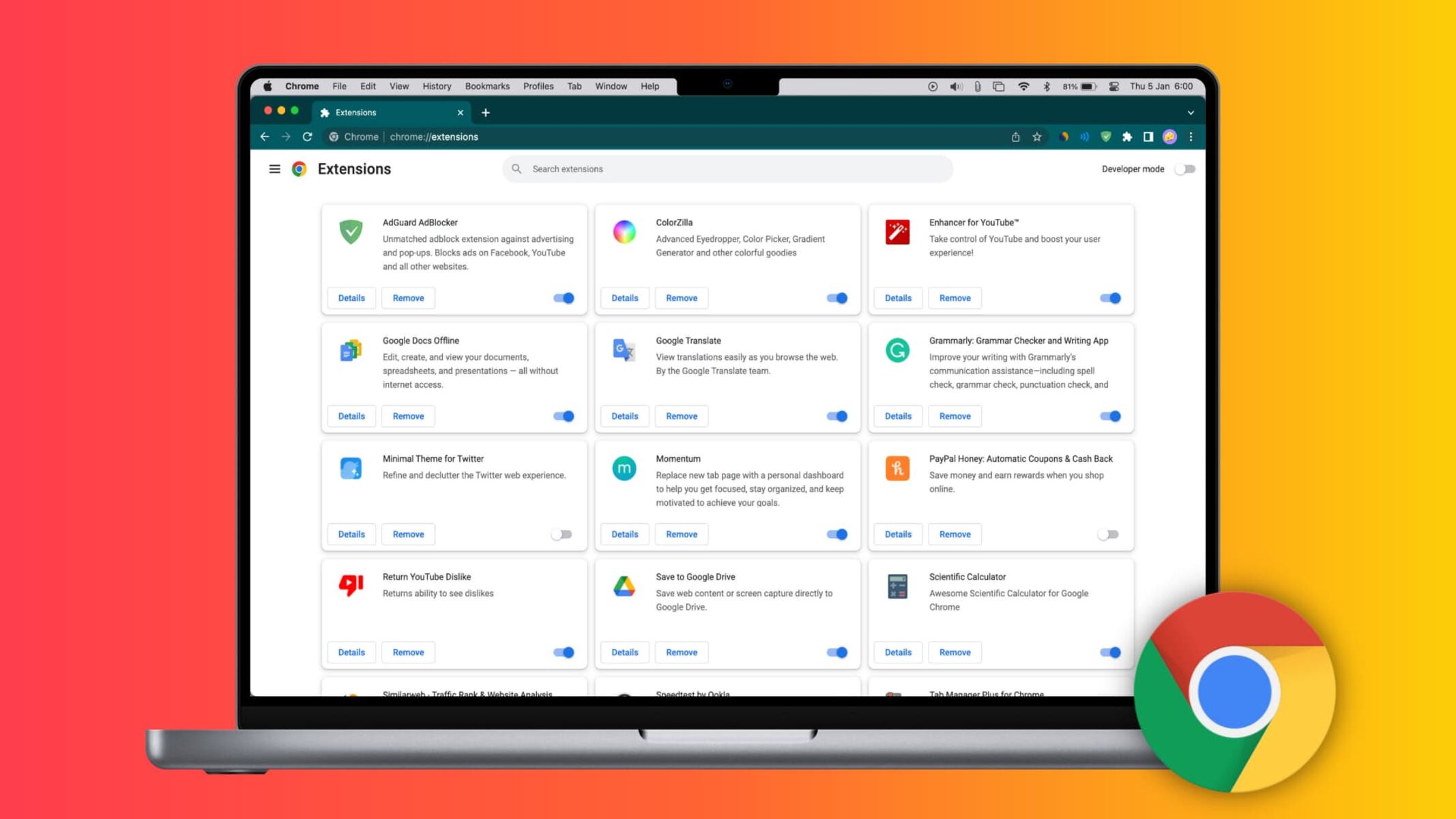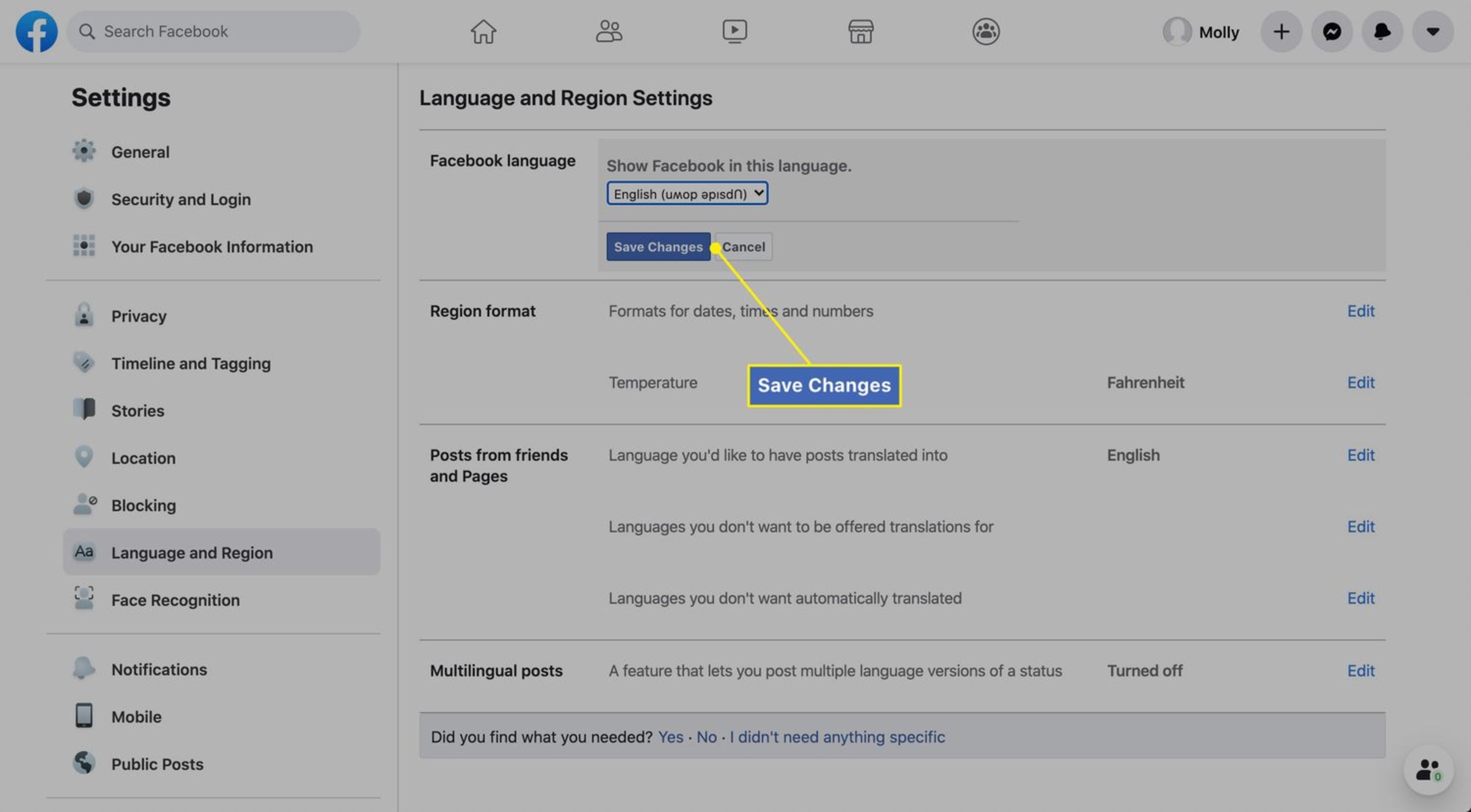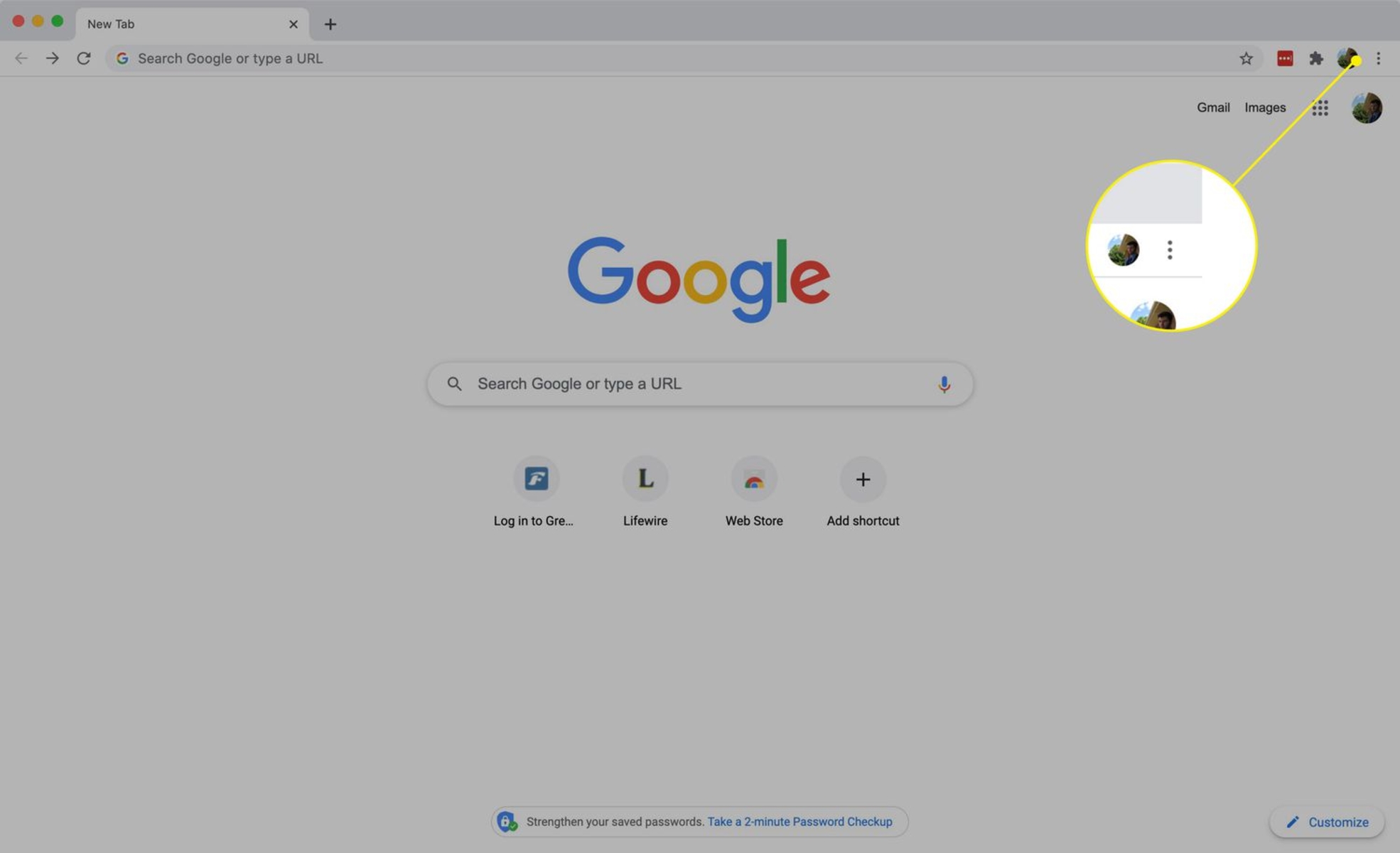Introduction
Adding a Chrome page to your home screen can be a convenient way to access your favorite websites or web apps with just a single tap. Whether it's a news site, a productivity tool, or a social media platform, having quick access to these web pages can streamline your digital experience. By adding a Chrome page to your home screen, you can bypass the need to open the Chrome browser and manually navigate to the desired page each time you want to access it.
This feature is particularly useful for frequently visited websites, as it eliminates the need to search for them in your bookmarks or type their URLs in the browser's address bar. Instead, you can create a direct shortcut on your device's home screen, making it easily accessible alongside your other apps. This not only saves time but also provides a more seamless and integrated user experience.
In this guide, we will walk you through the simple steps to add a Chrome page to your home screen. Whether you're using an Android device or an iPhone, the process is straightforward and requires just a few taps. By following these steps, you can personalize your home screen with shortcuts to your most visited web pages, effectively transforming it into a hub for quick and convenient access to online content.
Now, let's dive into the step-by-step instructions to add a Chrome page to your home screen and enhance your browsing experience with effortless access to your favorite websites and web apps.
Step 1: Open Chrome and navigate to the page you want to add to your home screen
The first step in adding a Chrome page to your home screen is to launch the Chrome browser on your device. Whether you're using an Android smartphone, an iPhone, or a tablet, the process begins with accessing the Chrome browser. Once you have opened Chrome, you can proceed to navigate to the specific web page that you want to add to your home screen.
To do this, simply tap on the address bar at the top of the browser window and enter the URL of the desired web page. Alternatively, if you have previously visited the page and it is saved in your browsing history, you can access it by tapping on the "History" option within the browser and selecting the page from the list of previously visited sites.
If the web page you want to add to your home screen is one that you frequently visit or a web app that you use regularly, it's important to ensure that you are on the correct page before proceeding to the next step. This ensures that the shortcut you create will directly lead to the specific content or functionality that you intend to access.
Furthermore, it's worth noting that the process of adding a Chrome page to your home screen is not limited to traditional websites. You can also add shortcuts to web apps, which are essentially web-based applications that offer functionality similar to native mobile apps. This means that if you have a favorite web app that you use for tasks such as productivity, communication, or entertainment, you can add it to your home screen for quick and easy access.
By following this initial step and navigating to the desired web page within the Chrome browser, you are setting the stage for the subsequent actions that will enable you to create a convenient shortcut on your device's home screen. With the web page or web app of your choice now accessible within Chrome, you are ready to proceed to the next step and initiate the process of adding it to your home screen.
Now that you have successfully navigated to the web page you want to add to your home screen, let's move on to the next step and continue the process of creating a direct shortcut for seamless access to your favorite online content.
Step 2: Tap the three-dot menu in the top-right corner
Once you have navigated to the web page or web app that you want to add to your home screen, the next step is to access the three-dot menu located in the top-right corner of the Chrome browser. This menu, often referred to as the "More" or "Options" menu, contains a range of additional settings and features that allow you to customize your browsing experience and access various browser functions.
To access the three-dot menu, simply look for the three vertically aligned dots positioned in the top-right corner of the Chrome browser window. This icon serves as a gateway to a plethora of options and actions that can enhance your browsing experience. Tapping on the three-dot menu will reveal a dropdown list of features and settings, providing you with the flexibility to manage your browsing activities and customize your interactions with web pages.
Upon tapping the three-dot menu, you will notice a variety of options, including but not limited to "New tab," "Bookmarks," "History," "Downloads," "Desktop site," "Find in page," "Settings," and "Add to Home screen." It's important to note that the specific arrangement and options within the three-dot menu may vary slightly based on the version of the Chrome browser and the device you are using. However, the "Add to Home screen" option, which is crucial for creating a shortcut to the current web page, is typically located within this menu.
By tapping the three-dot menu and accessing the "Add to Home screen" option, you are taking a significant step towards seamlessly integrating the web page or web app into your device's home screen. This action initiates the process of creating a direct shortcut that will allow you to access the content or functionality of the web page with a single tap, eliminating the need to open the Chrome browser and manually navigate to the page each time you want to access it.
The three-dot menu serves as a gateway to a multitude of features and functionalities within the Chrome browser, and the "Add to Home screen" option is a prime example of how this menu empowers users to personalize their browsing experience. By tapping into the capabilities offered within the three-dot menu, you can enhance your efficiency and convenience when interacting with web pages and web apps, ultimately optimizing your digital experience.
With the three-dot menu now accessed and the "Add to Home screen" option within reach, you are poised to proceed to the next step and further customize the shortcut that will soon grace your device's home screen. This pivotal action sets the stage for the final steps that will culminate in the seamless integration of the web page or web app into your digital ecosystem.
Step 3: Select "Add to Home screen" from the menu
After tapping the three-dot menu in the top-right corner of the Chrome browser, you will be presented with a dropdown list of options and features designed to enhance your browsing experience. Among these options, you will find the crucial feature that enables you to seamlessly integrate the current web page or web app into your device's home screen: "Add to Home screen."
By selecting the "Add to Home screen" option from the menu, you are initiating the process of creating a direct shortcut to the current web page or web app. This action signifies the transition from a traditional browsing experience to a more personalized and convenient access point for your favorite online content.
Upon selecting "Add to Home screen," you may be prompted to customize the name of the shortcut. This step allows you to tailor the label of the shortcut to your preference, ensuring that it is easily recognizable and distinct amidst the other icons on your home screen. Whether it's a succinct title that encapsulates the essence of the web page or a personalized label that resonates with your usage, customizing the name of the shortcut adds a layer of personalization to your digital environment.
The ability to customize the name of the shortcut provides a level of flexibility that empowers you to curate your home screen according to your preferences. This personal touch not only enhances the visual appeal of your home screen but also contributes to a more intuitive and user-friendly interface, where each shortcut is tailored to your specific needs and usage patterns.
By selecting "Add to Home screen" and potentially customizing the name of the shortcut, you are taking the final steps to solidify the integration of the web page or web app into your digital ecosystem. This process culminates in the creation of a direct shortcut on your device's home screen, effectively transforming it into a hub for quick and effortless access to your favorite online content.
With the selection of "Add to Home screen" from the menu, you have successfully navigated through the pivotal stages that lead to the seamless integration of the web page or web app into your device's home screen. This action marks the completion of the setup process, and the next step will finalize the addition of the shortcut, bringing your chosen web page or web app within easy reach whenever you need it.
Step 4: Customize the name of the shortcut (optional)
After selecting "Add to Home screen" from the menu, you may have the option to customize the name of the shortcut. This step allows you to personalize the label of the shortcut to better reflect the content or functionality of the web page or web app. While customizing the name of the shortcut is optional, it presents an opportunity to create a more tailored and recognizable label for the shortcut on your home screen.
When customizing the name of the shortcut, consider the following factors to ensure that the label effectively represents the web page or web app:
-
Clarity and Conciseness: The name should be clear and concise, providing a quick understanding of the content or purpose of the web page or web app. Avoid lengthy or ambiguous names that may cause confusion.
-
Relevance: Choose a name that directly relates to the content or functionality of the web page or web app. This ensures that the shortcut's label accurately reflects its purpose, making it easier to identify amidst other icons on your home screen.
-
Personalization: Tailor the name to your preferences and usage patterns. Whether it's a descriptive title or a personalized label that resonates with your interactions with the web page or web app, adding a personal touch can enhance the overall user experience.
-
Visual Appeal: Consider the visual impact of the name on your home screen. Opt for a name that is visually appealing and distinct, contributing to a well-organized and aesthetically pleasing layout of shortcuts.
By customizing the name of the shortcut, you have the opportunity to create a more personalized and user-friendly home screen experience. This optional step allows you to infuse a touch of individuality into your digital environment, ensuring that each shortcut is tailored to your specific preferences and usage habits.
Once you have customized the name of the shortcut, or if you choose to retain the default name, you are ready to proceed to the final step, which will solidify the addition of the shortcut to your home screen. With the name of the shortcut aligned with your preferences and the content or functionality of the web page or web app, your home screen will soon feature a convenient and easily accessible shortcut to enhance your browsing experience.
Step 5: Tap "Add" to add the shortcut to your home screen
After customizing the name of the shortcut, if desired, the final step in adding a Chrome page to your home screen is to tap the "Add" button. This action solidifies the integration of the shortcut onto your device's home screen, ensuring that the web page or web app is readily accessible with just a single tap.
By tapping "Add," you confirm the creation of the shortcut and initiate its placement on your home screen. This straightforward yet pivotal action completes the process, bringing the chosen web page or web app within easy reach whenever you need it.
Upon tapping "Add," the shortcut will seamlessly appear on your device's home screen, accompanied by the customized name, if applicable. This instantly transforms your home screen into a personalized hub for quick and effortless access to your favorite online content. Whether it's a news website, a productivity tool, or a web-based application, the newly added shortcut provides a direct pathway to the specific content or functionality you desire.
The placement of the shortcut on your home screen ensures that you can bypass the need to open the Chrome browser and manually navigate to the web page or web app each time you want to access it. With just a single tap, you can launch the web page or web app, streamlining your digital experience and saving valuable time in the process.
Furthermore, the addition of the shortcut enhances the visual appeal and functionality of your home screen, creating a more intuitive and user-friendly interface. Each shortcut serves as a personalized gateway to your most visited web pages and web apps, contributing to a seamless and integrated browsing experience.
By tapping "Add" and finalizing the addition of the shortcut to your home screen, you have successfully completed the process of adding a Chrome page to your digital ecosystem. This action marks the culmination of the setup process, and the newly added shortcut stands as a testament to the convenience and personalization that can be achieved through simple yet impactful customization options.
With the shortcut now prominently displayed on your home screen, you can effortlessly access your favorite online content with unparalleled ease and efficiency. This final step solidifies the seamless integration of the web page or web app into your digital environment, ensuring that it is always within reach whenever you need it.
Conclusion
In conclusion, the process of adding a Chrome page to your home screen offers a straightforward yet impactful way to personalize your digital experience. By following the simple steps outlined in this guide, you can seamlessly integrate your favorite web pages and web apps into your device's home screen, creating a convenient and easily accessible hub for your most visited online content.
The ability to add shortcuts to web pages and web apps directly onto your home screen empowers you to streamline your browsing experience, saving time and effort when accessing frequently visited online destinations. Whether it's a news website, a productivity tool, a social media platform, or a web-based application, the convenience of having direct access to these resources with just a single tap enhances your digital interactions and contributes to a more efficient and personalized browsing experience.
Furthermore, the customization options, such as the ability to tailor the name of the shortcut, add a layer of personalization to your home screen. This allows you to curate a digital environment that aligns with your preferences and usage patterns, creating a visually appealing and user-friendly interface that reflects your individuality.
By tapping into the features offered within the Chrome browser, such as the three-dot menu and the "Add to Home screen" option, you can optimize your digital ecosystem and tailor it to your specific needs. This not only enhances the accessibility of your favorite online content but also contributes to a more seamless and integrated browsing experience.
The addition of shortcuts to your home screen represents a simple yet impactful customization option that empowers you to take control of your digital environment. By leveraging this feature, you can transform your home screen into a personalized gateway to your most visited web pages and web apps, ensuring that they are always within easy reach whenever you need them.
In essence, the process of adding a Chrome page to your home screen is a testament to the flexibility and personalization that can be achieved within the digital realm. By incorporating your favorite online destinations into your home screen, you can optimize your browsing experience and create a digital environment that is tailored to your preferences, ultimately enhancing your efficiency and enjoyment when interacting with online content.









